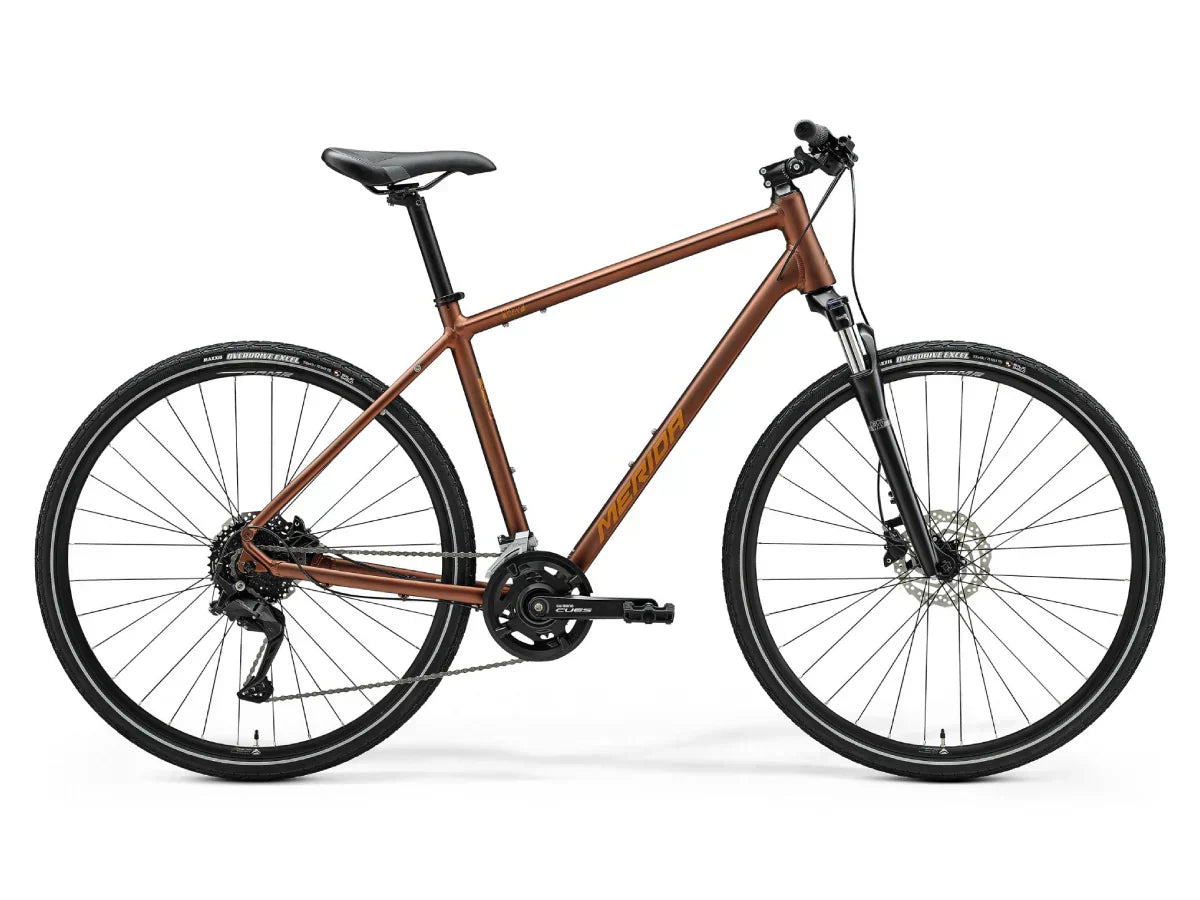Menu
-
-
By Category
-
By Brand
- Avanti
- Avantio
- Basso
- Battalion
- Bergamont
- Bianchi
- Bike Ark
- BMC
- Bottecchia
- Cambio
- Cannondale
- CMB
- Cosmic
- Cypro
- EMotorad
- Felt
- Firefox
- FitTrip
- Giant
- Hercules
- Hero
- Hero Lectro
- Jamis
- Java
- Kona
- Lambretta
- Lambro
- Look
- Mach City
- Merida
- Montra
- Ninety One
- Nuze
- Pedaleze
- Plutus
- Polygon
- Ralleyz
- Roadeo
- Rockfire
- Scott
- Shimano
- Specialized
- Toronto
- Triad
- Unirox
- United
- Veloce
- Viva
- WaltX
- Electric
-
Accessories
-
Apparels
- New Year Sale
- Combo Offers
-
- Service at Home
-
Blogs
-
More
- Login
Can Strength Training Help Cyclists Stay Younger
June 19, 2025 3 min read
For years, endurance athletes, especially cyclists, have focused primarily on aerobic workouts—long rides, interval sessions, hill repeats—to improve cardiovascular health and performance. But a recent study is changing the conversation by revealing how strength training could play a powerful role not only in boosting performance but also in helping cyclists stay younger at the cellular level.
What the Science Says About Aging and Strength Training
The key to this discovery lies in a fascinating part of our DNA called telomeres. These are protective caps at the ends of our chromosomes that prevent our cells from deteriorating. Every time a cell divides, telomeres get slightly shorter. As we age, these telomeres gradually wear down, making them a biological clock of sorts—shorter telomeres are associated with aging and age-related diseases.
Now, a groundbreaking study has found that strength training can help preserve telomere length, effectively slowing down the biological aging process. This challenges the long-held belief that endurance training is the ultimate tool for youthfulness and longevity.
Researchers discovered that individuals who performed regular resistance training had significantly longer telomeres than those who did not—even more so than those who focused solely on aerobic activities like running, swimming, or cycling. This means cyclists who neglect strength training could be missing out on a major anti-aging advantage.
The Study Behind the Buzz
The study was published in the European Journal of Applied Physiology and included 69 healthy men aged between 50 and 72. These participants were divided into four groups:
- Endurance athletes (cyclists and runners)
- Resistance trainers (weightlifters)
- Combined trainers (both strength and endurance)
- A control group with no structured exercise regimen
All participants had similar cardiovascular health and lifestyle habits. The key difference was their training routine.
After assessing the telomere lengths, the study revealed that the resistance training group had the longest telomeres, even outperforming the endurance group. The combined training group also showed promising telomere length, suggesting that integrating both strength and endurance offers the best of both worlds.
Why This Matters for Cyclists
Cyclists, especially older ones, often avoid strength training due to concerns about gaining bulk or losing time for riding. But this study flips that narrative.
Here’s why cyclists should care:
- Injury Prevention: Stronger muscles and joints mean fewer injuries, especially in older cyclists.
- Improved Performance: Strength training enhances power output, especially on climbs and sprints.
- Better Bone Density: Cycling is low-impact and doesn't stress bones. Resistance training counteracts this by stimulating bone growth.
- Enhanced Longevity: Most importantly, strength training may literally slow down how fast your body ages.
In short, cyclists can no longer afford to view strength training as optional. It's a key part of staying fit, strong, and youthful.
How Much Strength Training is Enough?
The good news? You don’t need to become a bodybuilder. Just two to three sessions a week of focused resistance training can do the trick. Here’s a sample plan cyclists can follow:
- Squats: Builds leg strength for climbs and endurance
- Deadlifts: Targets the posterior chain, improving posture and core
- Lunges: Boosts stability and single-leg power
- Pushups/Bench Press: Strengthens the upper body and shoulders
- Planks: Reinforces the core for better saddle stability
- Pull-ups/Rows: Improves back strength, useful for posture and handling
Each session should last 30–45 minutes, with moderate weights and 2–3 sets of 8–12 reps for each exercise. Progressive overload—gradually increasing weights or reps—is key to maintaining gains over time.
What About the Fear of Bulking Up?
Many cyclists worry that lifting weights will make them too bulky, slowing them down on the bike. But that’s largely a myth—especially for older adults. Muscle gain is much slower with age, and the type of training that supports endurance performance emphasizes strength and power, not size.
In fact, having a bit more muscle is beneficial. It supports your joints, improves glucose metabolism, and contributes to a higher resting metabolic rate.
The Takeaway
This new research gives cyclists a compelling reason to dust off those dumbbells. Strength training is no longer just for bodybuilders or sprinters—it’s a proven way to slow aging, maintain performance, and protect long-term health.
So if you’re a cyclist in your 40s, 50s, or beyond, don’t just focus on mileage and cadence. Incorporate resistance training into your weekly routine. Not only will your legs feel stronger and your rides feel more powerful, but your cells might just thank you by staying younger, longer.
Your bike keeps you fit, but the weights might help you stay young. It’s time to train smart—on and off the saddle.
Also in News
What’s Being Pedaled Today? The Role Practicality Plays in Your Health
June 24, 2025 4 min read
Read MoreSubscribe
Sign up to get the latest on sales, new releases and more …

Please check your Zip Code availabilty!!
⚠️ Please check your pincode before continuing.
Chat with our Bicycle Expert
